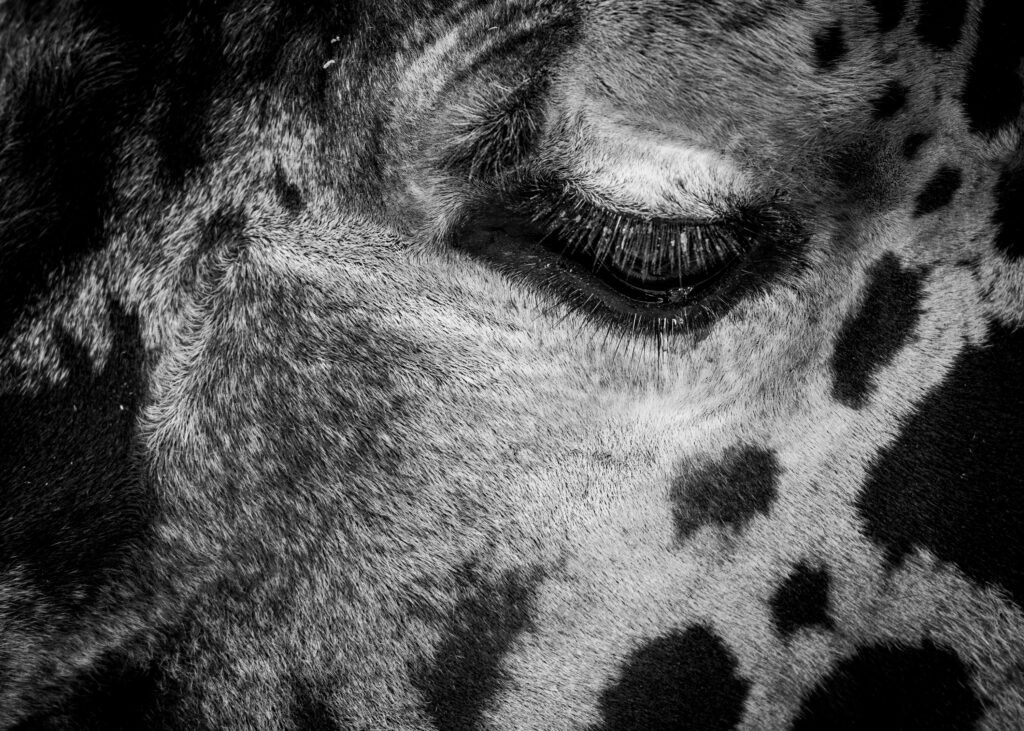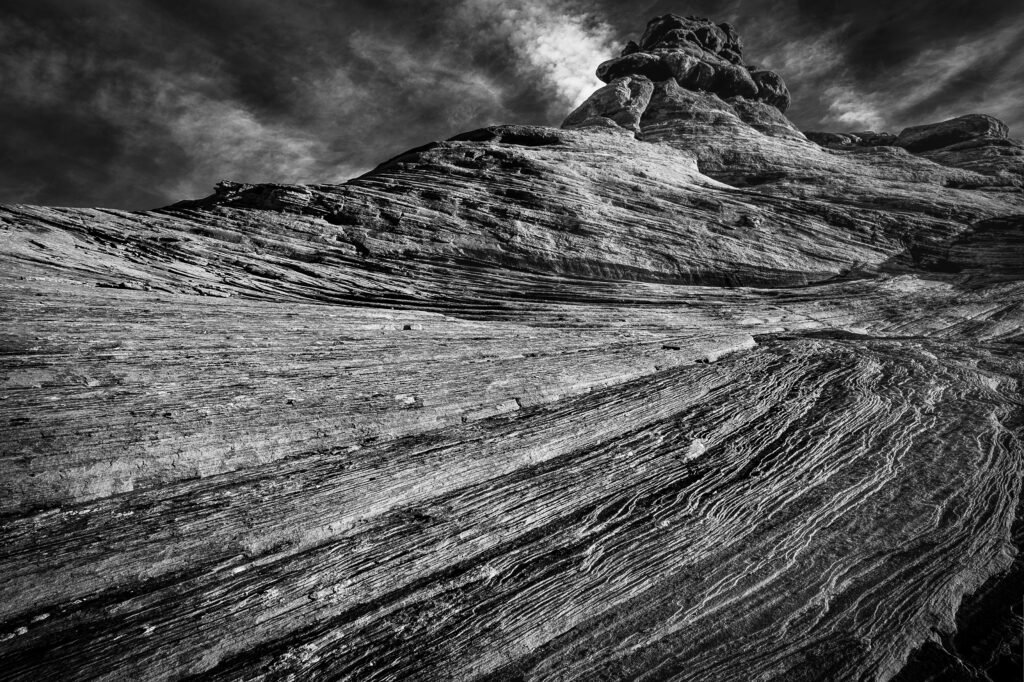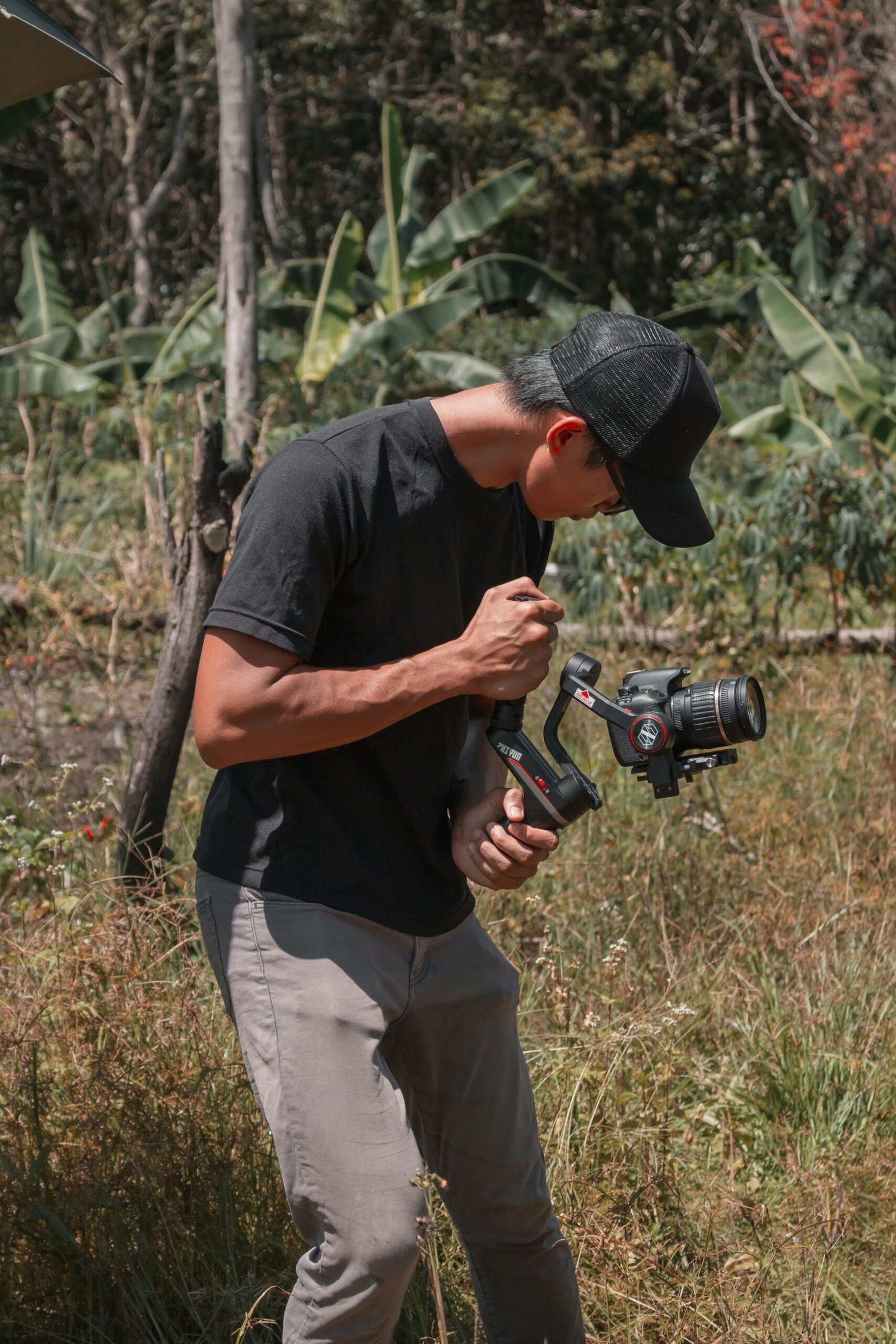Master the Art of Black and White Photography
Black and white photography has been around for over a century, yet it remains a timeless classic. Whether you’re a seasoned photographer or just starting out, mastering the art of black-and-white photography can take your skills to the next level. But where do you start?
How do you capture stunning images without the distraction of color? In this ultimate complete guide, we’ll explore the techniques, tips, and tools you need to create stunning black-and-white photos that will leave your viewers in awe. Get ready to elevate your photography game with our step-by-step guide to mastering the art of black and white photography.

The History and Evolution of Black and White Photography: A Comprehensive Overview
Black and white photography has a rich history that dates back to the early days of photography. In the 19th century, black-and-white photography was the only option available to photographers. It wasn’t until the 1930s that color photography became widely available. Despite this, black and white photography has remained popular throughout the years, with many photographers still choosing to shoot in monochrome.
One of the reasons for this is that black and white images have a timeless quality that color images often lack. They can also be more dramatic and impactful, with stark contrasts between light and shadow creating a sense of depth and texture.
Over the years, black-and-white photography has evolved significantly. Early black-and-white images were often soft and blurry due to limitations in technology. However, as cameras improved, photographers were able to capture sharper, more detailed images.
Today, digital technology has made it easier than ever to shoot in black and white. Many cameras have a dedicated monochrome mode, allowing you to see your image in black and white as you shoot. Alternatively, you can shoot in color and convert your images to black and white during post-processing.
Whether you’re shooting film or digital, understanding the history of black-and-white photography can help you appreciate its unique qualities and inspire you to create stunning monochrome images of your own.

Understanding the Fundamentals of Black and White Photography: Tips and Techniques for Beginners
Black and white photography may seem simple enough, but it requires a thorough understanding of its fundamentals. First, understand how different colors translate into shades of gray to create contrast in your images. Second, learn to see in black and white, as this is essential in understanding how various elements within an image will look once converted.
Exposure is also critical in black-and-white photography. Because color no longer plays a role, you need to focus on brightness values instead. Practice using your camera’s histogram function while taking shots to ensure that the highlights aren’t too bright or shadows are not too dark.
Lastly, consider using filters when shooting black-and-white photos. They can be used to control light or adjust contrast levels by blocking certain wavelengths of light from entering the lens or enhancing specific areas of an image.
By mastering these fundamental techniques, you’ll be able to capture impactful black-and-white images that stand out from the crowd.

The Art of Composition in Black and White Photography: How to Create Stunning Images
Creating stunning black-and-white images requires a strong understanding of composition. Composition is the arrangement of elements within a photograph, and it can make or break an image. One important aspect of composition in black-and-white photography is contrast. Contrast refers to the difference between light and dark areas in an image, and it can be used to create depth and visual interest.
Another important element of composition is balance. Balance refers to the distribution of visual weight within an image, and it can be achieved through the placement of objects, lines, and shapes. A well-balanced image will feel harmonious and pleasing to the eye.
When composing a black-and-white photograph, it’s also important to consider patterns and textures. These elements can add visual interest and depth to an image. Look for patterns in nature or man-made objects, such as repeating shapes or lines.
Overall, mastering composition in black-and-white photography takes practice and experimentation. Don’t be afraid to try new things and take risks with your compositions – you never know what stunning images you might create!

Mastering Light and Shadow in Black and White Photography: Techniques for Capturing Dramatic Contrast
Understanding light and shadow is crucial in capturing dramatic contrast in black-and-white photography. One technique to achieve this is by using the “Zone System,” which involves dividing the tonal range of a scene into 11 zones, from pure black to pure white. By metering the light in each zone, you can adjust your exposure to achieve the desired level of contrast.
Another technique is to use natural light to create shadows and highlights, such as shooting during the golden hour or positioning your subject in front of a window. Experiment with different lighting angles and intensities to create depth and texture in your images. Remember that black and white photography is all about capturing mood and emotion, so don’t be afraid to play with shadows and silhouettes to create a sense of drama in your photos.

Post-Processing Your Black and White Images: Tips for Achieving the Perfect Look
Black and white photography is all about capturing the essence of a subject using contrast, texture, tonality, and sharpness. In post-processing, you can enhance these elements to create a visually stunning image that tells a powerful story.
One important technique in black-and-white post-processing is adjusting the brightness levels. By tweaking the highlights or shadows, you can add depth to your images by creating darker areas or bringing out details in bright spots. Another essential aspect of editing your black-and-white photos is playing with contrast levels. This will help bring drama to specific aspects of an image.
You should also experiment with different filters and presets such as sepia tones or high-key lighting effects depending on what mood you want to convey through your photo.
Most importantly, always keep in mind that less is more when it comes to processing your black-and-white photographs – over-editing may make them look fake especially if they were not captured effectively during shooting.
With regular practice and experimentation with different techniques, anyone can master the art of black-and-white photography post-processing like a pro!
In conclusion, black-and-white photography is not just about removing color from your images. It’s an art form that requires an understanding of the history, fundamentals, composition, light and shadow techniques, and post-processing tips to create stunning images that truly stand out. By mastering these skills and creatively applying them in your shots, you can create a unique visual language that speaks volumes without uttering a single word. With this complete guide as your ultimate companion on this journey to mastering black-and-white photography, there’s no limit to what you can achieve with your camera! Happy shooting!
FAQ
Who should read a complete guide to black and white photography?
Anyone interested in creating timeless and dramatic photos.
What are the benefits of shooting in black and white?
Black and white photography emphasizes texture, contrast, and mood.
How do I convert my color photos to black and white?
Use photo editing software like Lightroom or Photoshop to adjust the saturation and luminance.
Who says black-and-white photography is outdated?
Some people may think so, but black-and-white photos remain a classic and elegant choice.
What are some tips for composing great black-and-white photos?
Pay attention to lighting, contrast, and texture. Experiment with different angles and perspectives.
How can I make my black-and-white photos stand out?
Play with different toning techniques, such as sepia or cyanotype, to add a unique touch.




